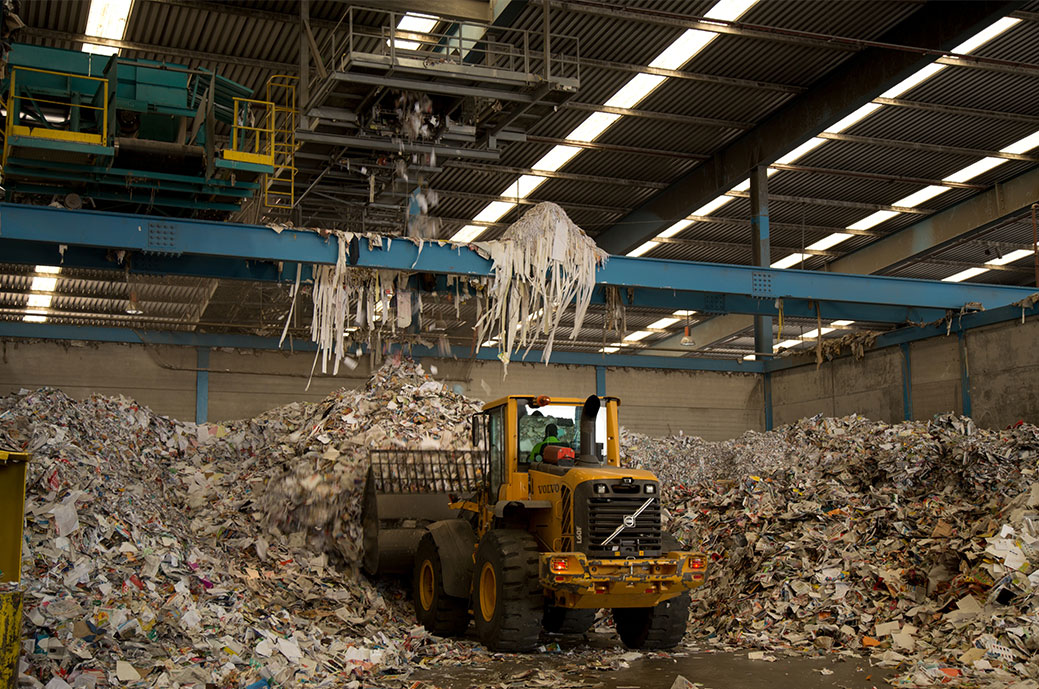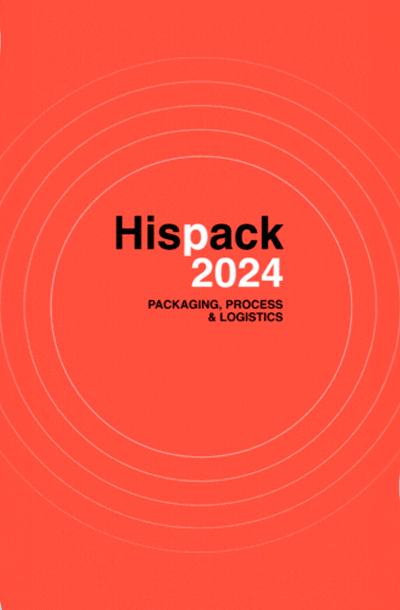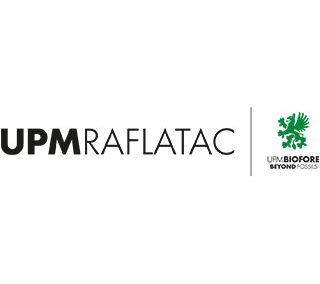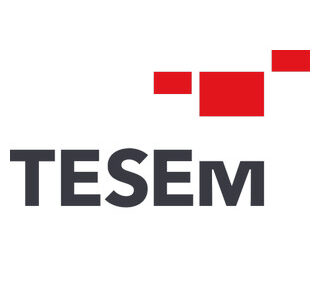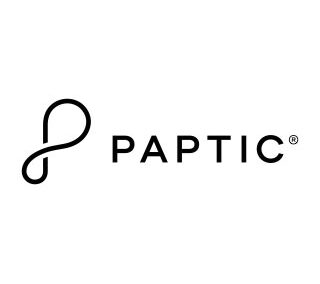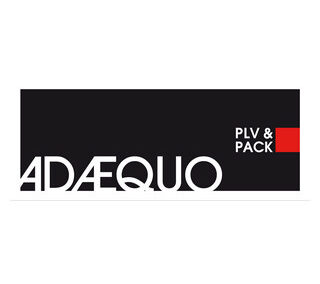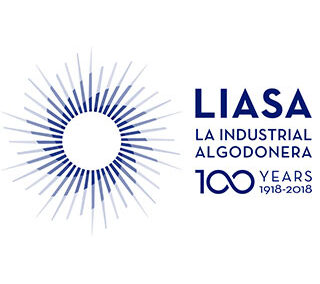La Paper Sustainability Report who publishes aspaper —in the words of the president of the association, Elizabeth Alier— “reflects the commitment of the paper industry to the circular economy and decarbonization, a path marked by achievements and opportunities such as the use of local, renewable and carbon-neutral raw materials; the very high recycling rates, or having managed to decouple carbon emissions from the growth of production, as well as the growing process of substitution of materials that paper is the protagonist of as an alternative to non-renewable and non-biodegradable products”.
In its sixth triennial edition, the Paper Sustainability Report It is structured around the four strategic lines of action of the sector: sustainable forest management, efficient and responsible production process, generation of wealth and contribution to the quality of life and leadership in recovery and recycling. In this new edition, the focus has been broadened, with the collaboration of organizations and companies from the different links in the value chain, to collect the main sustainability trends in their respective fields.
La bicircularity of the paper It combines the natural circularity that derives from the renewable nature of the raw material, the wood for paper grown in local plantations, with the social circularity of the massive recycling of paper products.
For the production of pulp for paper, 5,3 million mXNUMX are used in Spain3 of wood. 97% of this wood comes from local plantations of pines and eucalyptus and the remaining 3% of plantations from other countries of the European Union.
In addition, a high and growing percentage of wood is treated with sustainable forest management certification (FSC and/or PEFC): certified wood consumed by the sector amounts to 61%. The entire supply of wood for the sector is controlled, as it comes only from the European Union.
100% of the pulp mills and pulp suppliers, 92% of the wood suppliers in the sector and 6% of the paper mills are certified. And as far as products are concerned, 2% of the pulp consumed by the sector and 60% of the paper placed on the market are certified.
The 480.122 hectares of wood plantations used for paper in Spain are large sinks of CO2 that, with 47 million tons of CO2 equivalent fixed, contribute to mitigating climate change.
Faced with the increasing depopulation and aging of the rural world, local wood plantations for paper are an engine for creating employment and wealth. As far as employment is concerned, the 480.122 hectares of wood plantations used for paper provide 5.083 direct jobs in repopulation and forestry tasks and 15.935 indirect jobs in machinery, transport, workshops... More than 21.000 jobs that set the population in empty Spain .
Regarding the creation of wealth, the important contribution of these plantations to the income of small forest owners and municipalities and to the public coffers due to the associated taxes should be highlighted.
We recycle 78% of the paper we consume
Spanish paper mills annually recycle 5,1 million tons of used paper. The recycling rate (paper that is recycled as raw material in paper mills over the total consumption of paper and cardboard) stands at 78%.
The Spanish model of single-material municipal selective collection, based on the blue container and reinforced with complementary systematized collections in small businesses, schools, offices... is a successful model and a benchmark in Europe. This is possible thanks to the concurrence of three factors: a highly efficient collection system, with the involvement of local councils and the massive collaboration of citizens, an important recovery sector and a paper industry with a great recycling capacity (the second recycler in Europe after Germany) that guarantees the recycling of all the paper collected in Spain in accordance with European quality standards.
A distinctive sign of the Spanish paper industry is the use of local raw materials. As far as paper for recycling is concerned, 71% of the used paper recycled by paper mills located in Spain is collected in our country and the rest comes mainly from France and Portugal.
In Spain we collect 4,4 million tons of paper and cardboard for recycling. This collection volume is equivalent to 44 large football stadiums filled to the brim with paper and cardboard.
La biomass that is generated in the manufacture of cellulose and paper (bark, lignin, fiber residues no longer suitable for recycling...) is increasingly used as fuel in the plants themselves. The paper sector is today the largest industrial producer and consumer of biomass in our country. Biomass currently accounts for 34% of all fuels used.
Natural gas (64% of the total) is the fundamental fuel in cogeneration in the sector at the moment and is also used in auxiliary boilers for heat generation.
The pulp and paper industry is electrointensive and heat intensive: it needs electricity to move the machinery and heat to dry the pulp and paper. The sector produces most of the thermal and electrical energy it needs in cogeneration plants located next to its factories, with an installed capacity of 876 MW.
Throughout this decade, cogeneration with hydrogen could be a reality. Progress is being made in the development of engines and turbines suitable for hydrogen consumption, so that the future of ecogeneration will be mainly conditioned to the development of green hydrogen generation and the adaptation of the natural gas transportation and distribution networks now existing.
Energy efficiency measures, the use of biomass as fuel (neutral in carbon emissions, according to the criteria established in the GHG Trade Directive) and cogeneration are currently the three pillars of the sector's strategy in Spain in terms of emission reduction.
Total CO emissions2 have been reduced by 25% compared to 2011 and those of SOx and NOx by 86% and 52% respectively.

